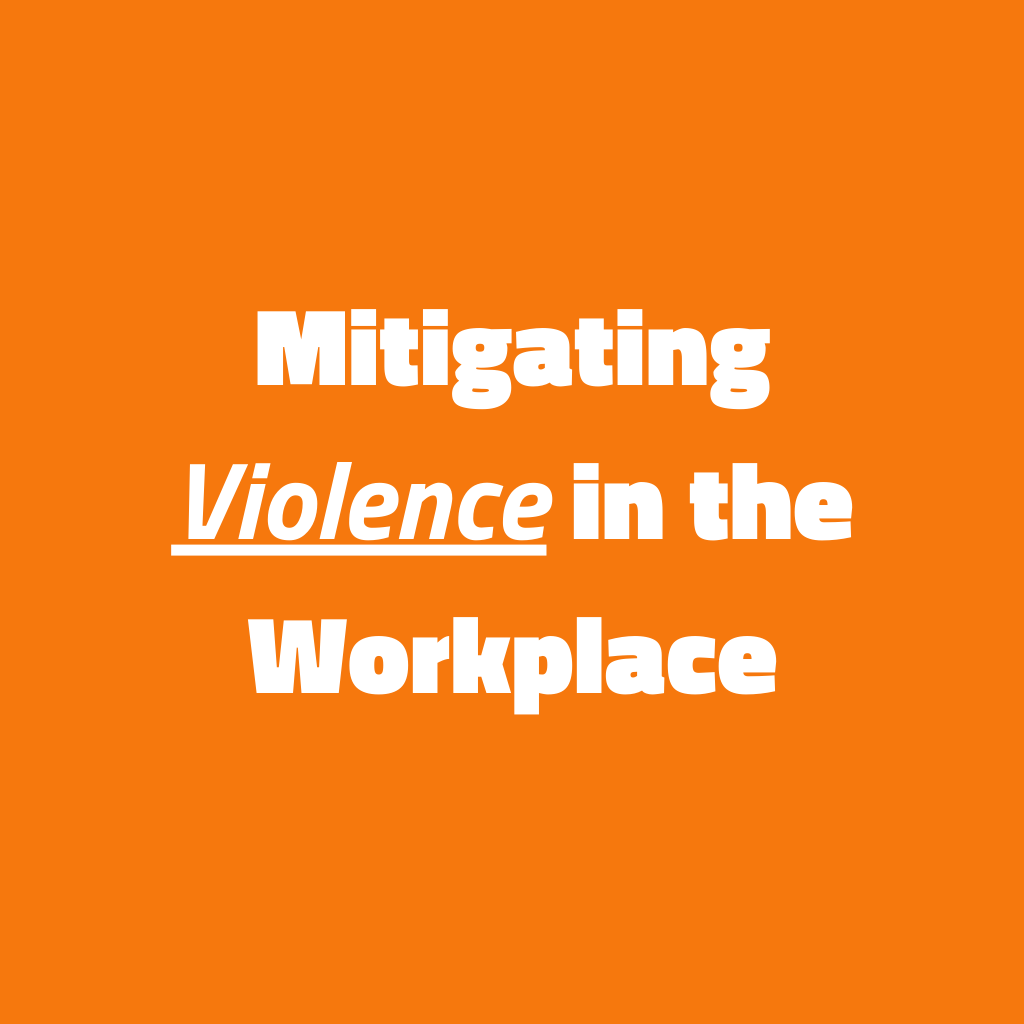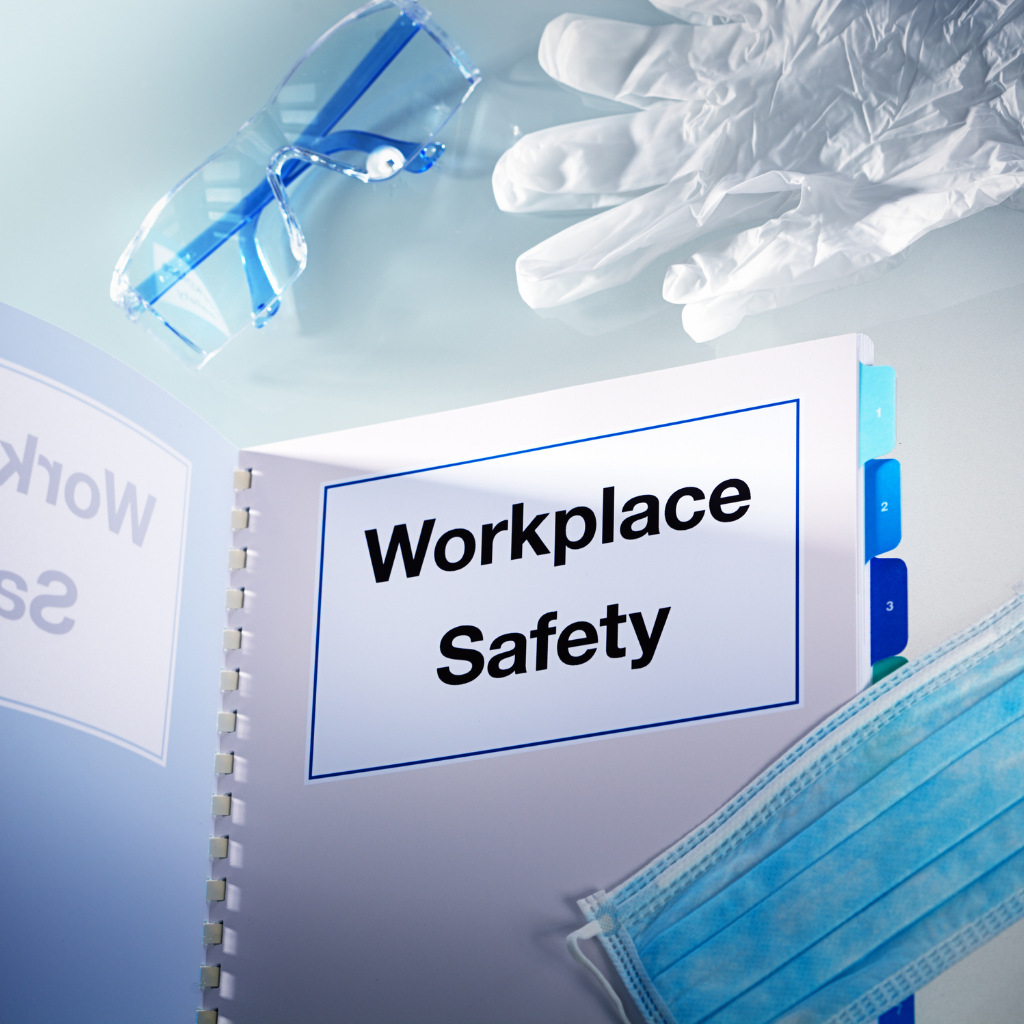How to Create an Emergency Plan
Every business has experienced a recent workplace disruption as a result of COVID-19 and these experiences have highlighted the importance of emergency planning. A solid emergency plan will help protect your employees and the business in the event of a natural disaster or other serious incident. If you do not have an emergency plan, these practical steps will help you get started:
Form an Emergency Planning Team
Workplace safety requires a team approach and it’s critical to have participation from individuals across different departments and levels of an organization. When selecting the team you should consider employees who actively volunteer for other activities in the workplace, have an interest in emergency preparedness, and can motivate others. To develop the safety plan, soliciting input from individuals with occupational health and safety expertise is critical. Those people may be internal or external depending on the company size. It’s also important that the planning team have a leader. Assigning the lead position to someone with a high level of seniority in the company can help demonstrate the company’s commitment to safety and emergency preparedness.
Create a team structure and planning budget
The planning team should have a defined structure so that they have defined responsibilities and leadership. A timeline and budget should be created by the team so that the company knows how long it will take to create the plan, the date for the rollout, and the costs associated with training materials and outside experts.
Assess potential hazards and emergencies
The business impact of an emergency should be evaluated with respect to employees, customers, and other stakeholders. The impact of a partial or complete interruption of business should be evaluated along with any plans or policies that already exist. Hazards should be identified and ranked based on both probability and severity.
Incorporate regulations
Workplace safety regulations are clearly outlined by governmental occupational health and safety organizations. When you’re developing your emergency plan, don’t forget to follow the established laws and guidelines including exit routes, first aid, fire extinguishers, alarms and security, and fire prevention plans.
Identify resources for handling an emergency
Review your internal resources to see how responsibilities can be shared or redistributed in the event of an emergency. Consider cross-training if specific capabilities are limited to one or two people who could not be replaced in the event of an emergency. It’s also important to consider the outside resources that you can call on in the event of an emergency. This could include government organizations, utility companies, insurance providers, and local medical facilities.
Create your emergency plan
The critical components of the plan include:
- Key personnel: responsibilities, authority, and contact details
- Types of potential emergencies
- Location of the offsite emergency response center
- Phone number to call in the event of an emergency
- Emergency response procedures:
- Reporting procedures
- Escape routes
- Shut down of critical functions
- Accounting for all employees
- Protection of property
- Informing stakeholders
Once you have an emergency plan in place, it is critical that you implement it effectively. All employees must understand the plan and their role. Specialized training will be needed for key personnel who play specific roles in the event of an emergency as well as general training for all employees. Training should include information on roles and responsibilities, threats and hazards, emergency notification and communication, emergency response, evacuation procedures, and emergency equipment. Emergency drills are also a key part of effective implementation.
As with any new workplace initiative, soliciting feedback and making changes based on input from employees is important. The health and safety team needs to ensure that there is a way for employees to contribute their own ideas around safety best practices. It’s also important to review and update your emergency plan on a regular basis, or sooner should there be significant changes in the workplace or occupational health and safety legislation.
Sincron HR Software
Using the Sincron HR platform HR managers can post the emergency plan and accompanying resource information in the employee portal for managers and employees. In addition:
-
-
- The platform features a full learning management system (LMS) to train manager and employees
- Sincron HR configures the platform to ensure organizations meet or exceed industry/accreditation standards
- The new HR Essentials platform is now available for just $2/month per employee
- Training and tech support (call, text, video library, etc.) is included
-
To learn more Contact Us Today!



